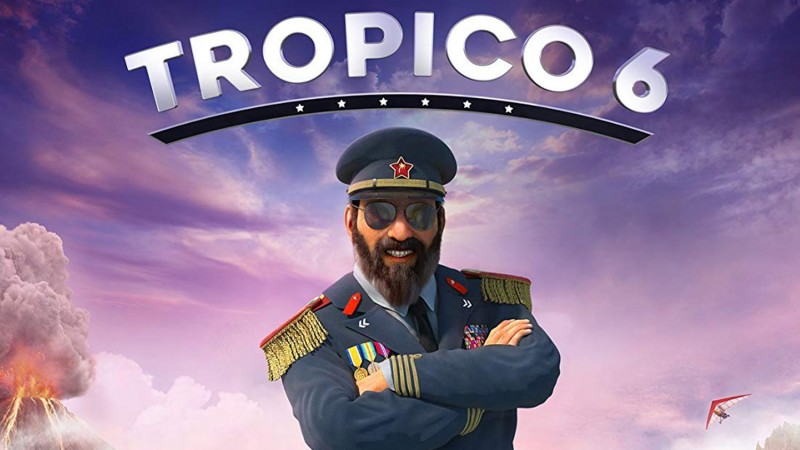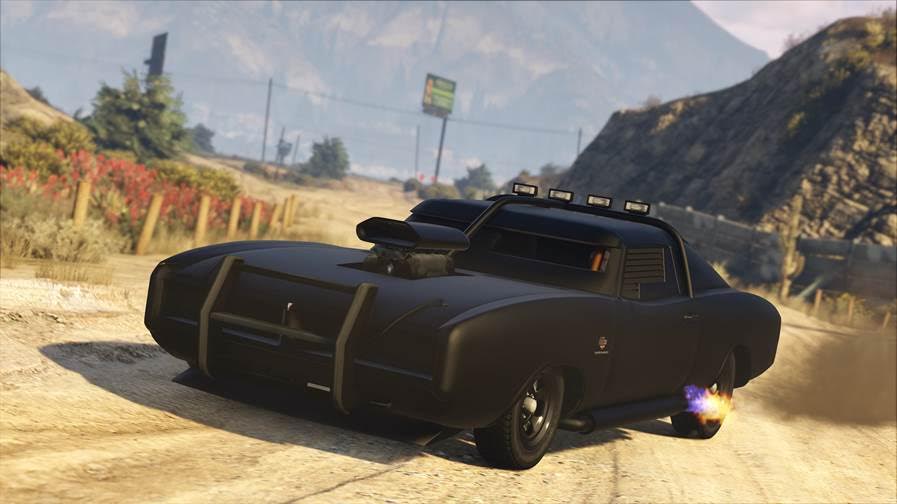Tropico 6: A familiar getaway that’s anything but a vacation

For me, the hours-burning allure of Tropico wasn’t so much the decadence of being a despot with total control (or the illusion of it, at least) over an island paradise. It was in the decay — the entropy that can only be shown in city blocks planned under a government warped by the shortsightedness, desperation and instant gratification of its leadership.
I used to live in Washington D.C., which probably inspires my city-building approach to Tropico — begin with very orderly straight lines and discretely purposeful districts, and over the course of a hundred years watch it turn into crap. That’s why the Tropico 6 beta underway has already claimed more than seven hours of my time, most of it in sandbox mode. The beta still has me excited for the next game even though that has been delayed into 2019, and most of what I’ve seen so far reminds me of Tropico 5.
Tropico 6 still feels like a more challenging game, more consistently thwarting my grand vision, because employment and housing — the quality-of-life conditions that affect everything on the island — need more management to keep everyone sheltered and on task. Straight away I noticed that a building’s productivity suffered, even in colonial times, if its workers were not in affordable homes nearby.
In Tropico 5, productivity was mainly solved just by balancing the population number with the jobs available, because building output was constant whether workers were there or not. But in an initial run-through, it took me forever to get my first tobacco export contract filled, because I’d gotten too cute with where I placed the farms and where I placed the poor housing. Sticking the teamster office all the way down by the docks was a nice aesthetic choice, but that compounded in both workers showing up there and then ferrying the crop back to the ships. (Workers getting to the library has a similar effect in lengthening research time, under a new system there). I actually missed the deadline for the very first shipping contract the Crown imposed on me, where in Tropico 5 that was largely a matter of constructing a plantation and making sure there was available space down at the city docks.
Even with unlimited money in a sandbox mode, the simplest vision my inner autocrat has for Tropico requires constant management. Clustering things together is more efficient and less sightly, but over time it makes for a more authentic looking island. My power plant ended up surrounded by slum housing for probably the same reasons that happens in real life, too. Layers help identify the coverage and quality of resources and amenities to certain buildings, but often I found myself going down to an individual citizen level to find out where they were living (and why) in order to determine where a bunkhouse or an apartment building should go next. This level of involvement, even more than in Tropico 5 (where I once fired disloyal soldiers one-by-one) alters my harder feelings about driving the economy hard, putting up luxuries, and accepting some level of poverty or homelessness as a symptomatic of both.
Tropico 6 does have some new bells and whistles that were appealing, but these more garnish the experience rather than drive it. Yes, fans have all seen that they can steal world wonders like the Eiffel Tower, which is absurd, but it highlights the new raiding system that comes into play at the outset. State sanctioned pirate raids are a useful, if not necessary, means of supplementing the economy (even the educated population, via kidnappings), especially if you’ve started out small. In later eras, this will spread into things (that I haven’t yet tried) like disinformation campaigns, meddling in other countries’ domestic affairs and manipulating financial markets.
:no_upscale()/cdn.vox-cdn.com/uploads/chorus_asset/file/13186433/Screenshot_5.png)
Day-to-day activities also have little twists that not only alter productivity, they’re also a way to impose the character of the El Presidente I imagine myself to be. In Tropico 5, service buildings were altered via an upgrade system (that always improved productivity). Those upgrades are still available for purchase, but for no cost a user can also set the operating conditions, which can drive productivity at the expense of some greater good, or vice versa. You can increase the efficiency of the teamsters for example, but running fast and loose means they’ll occasionally spill their loads.
These have more of a role-playing or emergent-narrative effect than the customization options for El Presidente (and which, in the beta, are somewhat paltry). Of the personality traits, a few seemed to be jokes and the others didn’t appear that useful. It’s nice that the presidential palace can be customized and even relocated, but those choices are likewise somewhat spare. There’s no presidential family or dynasty, either, which some long-time players didn’t understand, find useful or found off-putting, but I kind of enjoyed (especially as it let me give my dictator a name). There’s a lot of stuff the beta doesn’t expose, though; multiplayer, for example, and all but four of the island templates.
:no_upscale()/cdn.vox-cdn.com/uploads/chorus_asset/file/13186437/Tropico6_2018_05_08_11_50_24_84.png)
Those four templates show off the new archipelago nature of the starting maps, which deepen the planning and intrigue by spreading Tropico over a series of smaller islands. That said, the maps I was working with were all the same in their terrain variety, resource richness and usable size. Archipelagos are more of a modifier to the city-planning game than they are an expansion of the usable area. They don’t completely sectionalize the territory into biomes or obvious purposes (although a few have lava-spewing hazardous islands, which are inevitably where the dangerous resource extraction takes place). The island approach compacted my initial design further, knowing that if I was going to expand later, it was going to be to another island that needed all kinds of other support, instead of appending another farm to my back 40.
Fans who can get in on the beta (pre-ordering the game is one way), may find it takes some time to see all the stuff that has been promised in Tropico 6’s hype cycle over the past year (election speeches and bridges, for example). There are also just three missions available in the story-based campaign, which aims to tell some canonical story of how this Tropico came to be and how El Presidente survived as its ruler.
Still, there is plenty in the beta to reassure longtime fans that the next installment will let them be as dastardly, corrupt and confounded as ever. Tropico 6 is now looking at a January 2019 launch on PlayStation 4, Windows PC and Mac, and Xbox One.
[ad_2]




